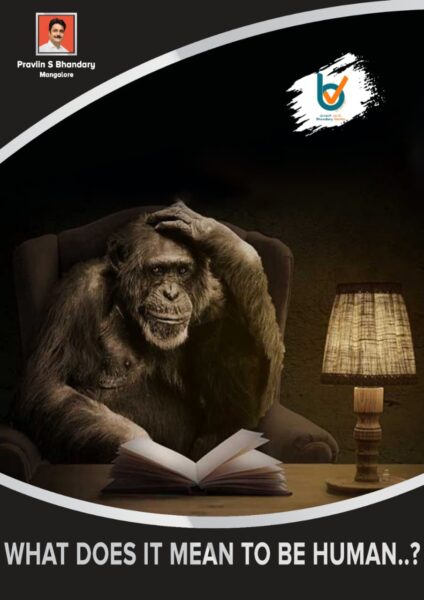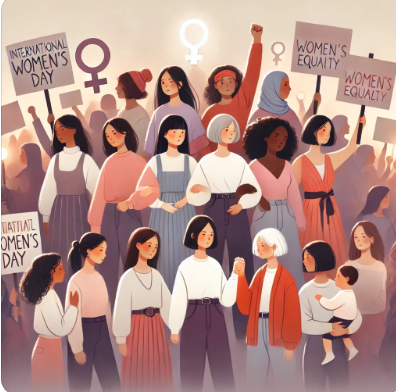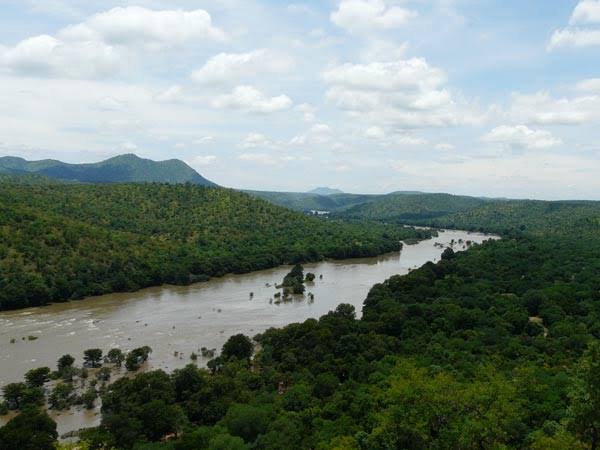
“Twenty years from now you will be more disappointed by the things that you didn’t do than by the ones you did do. So throw off the bowlines. Sail away from the safe harbor. Catch the trade winds in your sails. Explore. Dream. Discover. ” – Mark Twain
In part 1 of the article, we have explored Walking Upright and Tools & Food. Click to read Part1.
In this part, we will look into Human Bodies, Brain and Social Life. We are aware of the influence of human evolution in our daily chores. But to what extent? Let’s find out. This article is the result of a study and research by the Smithsonian National Museum of Natural History.
BODIES
The earliest human species had long hands and short legs. Around 1.9 million years ago, while adapting to the changing climates, they evolved narrow bodies that helped them to stay cool. Travel long-distance with longer legs. Eating meat and other foods that could be digested quickly (due to high physical activities) led to a smaller digestive tract, making more energy available for tall bodies and large brains.

Australopithecus afarensis, “Lucy”, reconstructed skeleton (Chip Clark, Smithsonian Institution)
Around 400,000 years ago, when early humans spread to colder climates, their body shapes evolved in ways that helped them stay warm. Short, wide bodies conserved heat. Early humans continued to depend on both raw meat and cooked food, both of which could be efficiently processed in a short digestive tract.
As early humans spread to different environments, they evolved body shapes that helped them survive in hot and cold climates. Changing diets also led to changes in body shape.
The bodies of early humans were adapted to very active lifestyles. Their bones were thicker and stronger than ours. Starting about 50,000 years ago, as a result of less physically demanding lifestyles, humans evolved bones that were sleeker and weaker.
Brain (Bigger and Complex Brain for a complex world)

Endocasts of Homo erectus (left) and Homo sapiens (right) illustrate the rapid increase in brain size. (James Di Loreto, & Donald H. Hurlbert, Smithsonian Institution)
Large, complex brains can process and store a lot of information. That was a big advantage to early humans in their social interactions and encounters with unfamiliar habitats. Over the course of evolution, brain size increased by 3 times. The brain that we have today is the most sophisticated in comparison with any other known animal.

Graphs showing changes in climate and changes in braincase volume. Courtesy of Karen Carr Studios (© Copyright Smithsonian Institution)
Chimpanzees are our closest living relatives. The brains of the earliest humans were similar in size to those of chimpanzees. But over time, human and chimpanzee brains evolved in several different and important ways.

Human brains grow rapidly from birth through the first year and into childhood.
Image courtesy of Karen Carr Studios (© Copyright Smithsonian Institution)
The average weight of the modern human brain is 1,352 g (2.98 lb) and the chimpanzee’s brain weighs around 384 g (0.85 lb).
Although the brain is only 2% of the size of our body, it consumes 20% of the energy available. This is the primary reason for the exhaustion and lifelessness we feel after heavy brainstorming sessions.
Is there any Disadvantage of having the superbrain? YES.
DISADVANTAGES,
- A big brain gobbles up energy. Your brain is 2 percent of your body’s weight but uses 20 percent of your oxygen supply and gets 20 percent of your blood flow.
- Large brains mean large heads, making childbirth more difficult and painful for human mothers than for other primates.
ADVANTAGES
- Store many decades worth of information;
- Collect and process information, then deliver output, in split seconds;
- Solve problems and create abstract ideas and images.
- And it can do much more.
SOCIAL LIFE.
Most non-human primates live in social groups. So how are humans different?
- Survival of the group: Over time, early humans began to gather at hearths and shelters to eat and socialize. As brains became larger and more complex, growing up took longer—requiring more parental care and the protective environment of a home. Expanding social networks led, eventually, to the complex social lives of modern humans. Sharing food, caring for infants, and building social networks helped our ancestors meet the daily challenges of their environments
- Sharing Resources: At the beginning of 2.6 – 1.8 million years ago, Some groups of early humans began collecting tools and food from a variety of places and bringing them to favored resting and eating spots. Sharing vital resources with other members of the group led to stronger social bonds and enhanced the group’s chances of survival.
Humans are unique among primates in having long, distinct periods of childhood and adolescence. These stages enable us to learn, play, socialize, and absorb important experiences prior to adulthood. During childhood, human children depend on adults for food and care.
During adolescence, a growth spurt occurs, and male and female body features develop.
Over time, humans began interacting with social groups located far from their own. By 130,000 years ago, groups who lived 300 km apart were exchanging resources. Social networks continued to expand and become more complex. Today, people from around the globe rely on one another for information and goods.
Modern humans are part of many communities that encourage sharing and cooperation, sometimes among people who have never even met. These alliances enrich our lives and enable us to share expertise and the risks of survival. They can also pose serious conflicts among people of different communities.
These all evidence helps us to analyze why we behave the way we behave. When we look at evolution we get better clarity on our social behavior as well as our body and brain. It’s important to understand these aspects of life to navigate through the things that we can change and we can not change. The understanding of the socio-emotional part of the brain is essential while we make decisions in our daily life.
If you are an entrepreneur, the understanding of human evolution is the greatest asset that you can leverage to build your business into a brand.
There are 2 more aspects to Human Evolution. One is Language & Symbols and the second one is how humans are changing the world. In the 3rd part of this article we will explore these two aspects and at the end, I will be sharing some golden nuggets on how to leverage these learnings in business growth.
Looking forward to connecting with you again on the third and last part of, What does it mean to be Human? Send this article to your entrepreneur friend and strike a brainstorming session to explore how to leverage this learning of human evolution in business growth.
✍️ PRAVIIN S BHANDARY MANGALORE
About Praviin S Bhandary :
Praviin S Bhandary studied at the prestigious and world-renowned Sir JJ School of Arts, Mumbai.
His career first steps were from India’s leading newspaper company, Bennet and Coleman Company, commonly called The Times of India Group. Subsequently, he has added four years of experience in reputed design agencies.
At the age of 26, he took a bold step by starting his own outfit. The journey has been very rewarding. He is the founder of Orrigem – The Desiign Hub and currently conducts online coaching for entrepreneurs on BUSINESS BRANDING.






